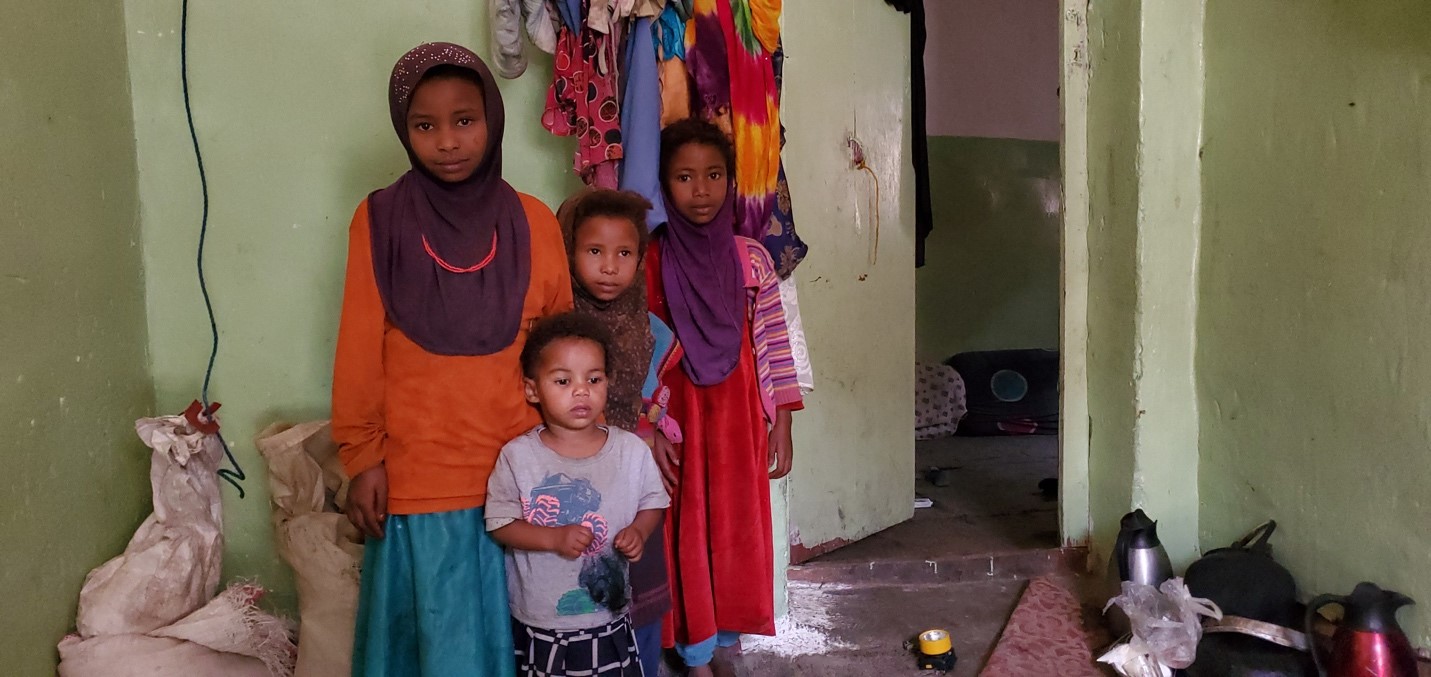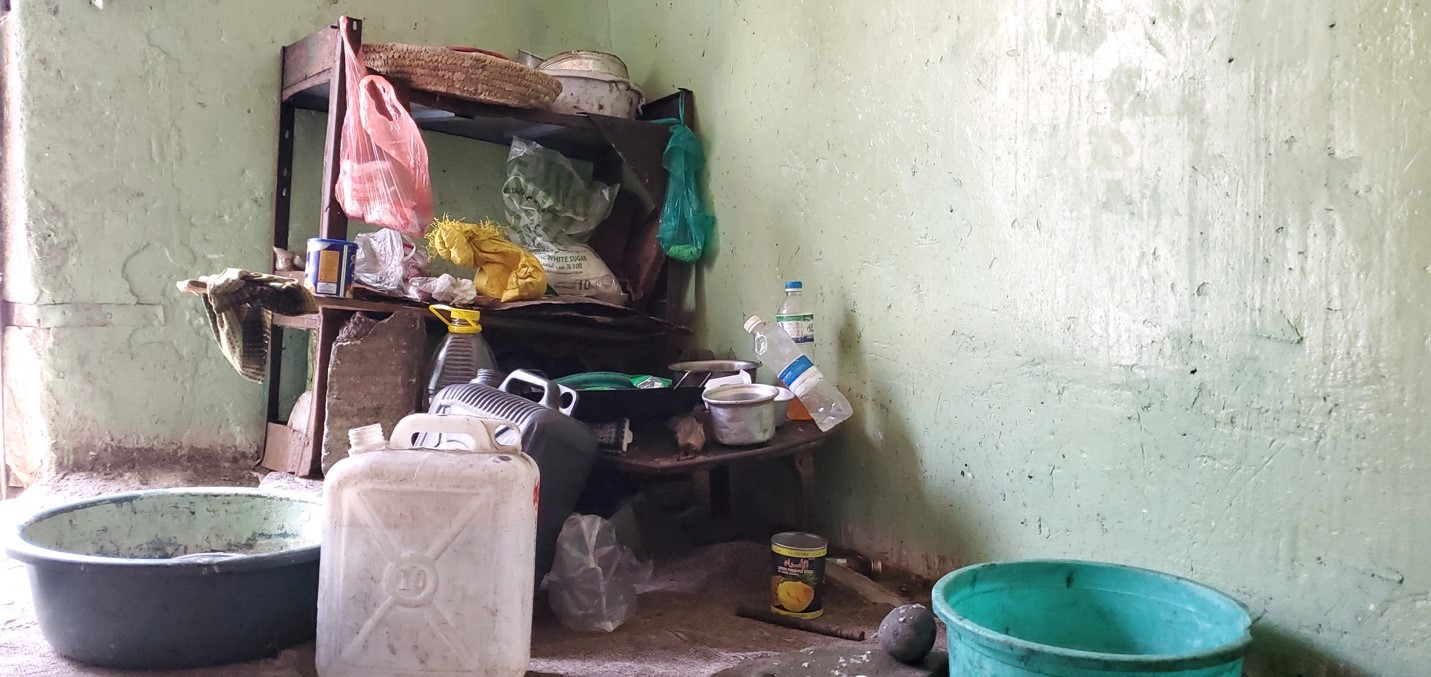The almost six-year-old conflict in Yemen has led to around four million people being internally displaced, of whom at least 75% are women and children who face protection risks. Yemen’s marginalised ‘Muhamasheen’ community is especially vulnerable due to poverty, displacement and food insecurity.
Sabulah Ahmed is a 36-year-old mother to seven children, six girls and one boy. She is part of the Muhamasheen community for whom meeting even the most basic needs is often not possible. The Muhamasheen suffer in silence through a lack of water, food, health, clothing, warmth and shelter. Sabulah’s family is recognised as the most vulnerable for being marginalized and displaced, going through harsh living conditions, extreme poverty and low-income work.
Sabulah was married at an early age, but her husband died after she gave birth to two girls. She re-married and had four girls and a boy. Most Muhamasheen work for daily wages and without employment contracts. They are confined to low-paid, socially-stigmatised work such as shoe repairing, car washing and collecting plastic.
“My husband is a shoe repairer,” says Sabulah. “He goes to work every morning and comes home at night. He can barely manage to afford the most basic necessities for our family. It is a very harsh life.” Her eyes are dull as she describes their precarious existence. “I felt weak one morning and was taken to the hospital where I was diagnosed with a serious sickness and had surgery. I had to borrow money from all my relatives and I still have to pay back 500,000 Yemeni Riyals (around 830 USD).”
Prior to the current conflict, social discrimination against the Muhamasheen limited their access to education, health care, housing and decent jobs. “Out of seven children, the only one who goes to school is the boy who is in the third grade now,” says Sabulah. “The rest go to the nearby markets to beg for help from the generous people of Amran.” She states that she is afraid her husband will withdraw her son from school in future to find work.
Like most of the Muhamasheen, Sabulah’s family lived in a slum on the outskirt of Amran with no electricity, clean water or secure shelter. On a piece of land, the family set up a tent they called home for many years. They were among the first to be displaced in the current conflict.
“One day while I was in the market at noon, airstrikes targeted our neighbourhood,” says Sabulah. “Many people were wounded and tents were on fire – including ours. We lost everything we had and I spent that night with my children in an open space with a blanket that I borrowed; I woke up in the morning and had to give it back to the owner.”

